
Source: Grayscale Research; Translation: Bitchain Vision xiaozou
Important points
-
In a relatively calm month when cryptocurrency valuations are valued, the market has focused on fundamentals and has made many positive progress in stablecoins.
-
The GENIUS Act, passed in the Senate with bipartisan support and submitted to the House for consideration, will introduce regulated payment stablecoins for the United States.Meanwhile, the rise in U.S. stablecoin issuer Circle completed its listing, with its share price rising (in contrast to Mastercard and Visa’s valuations falling) underscoring the disruptive shock that traditional digital payment networks may face.Other media reports show that other large companies such as Amazon and Walmart are also exploring stablecoin business.
-
The monetary crypto asset sector and the financial crypto asset sector outperform the overall crypto market, which may be due to the increased regulatory transparency and the prospect of wider adoption of decentralized finance (DeFi) technologies.The forecast market Polymarket has benefited from the attention attracted by the New York mayoral election and has successfully obtained additional venture capital.
-
We expect improvements in regulatory transparency and favorable macro backdrops (large budget deficits and potential interest rate cuts) to continue to support crypto assets in the second half of 2025.
introduction
Despite constant negative news, the market still achieved strong returns in June 2025.This divergence phenomenon can be explained by two characteristics of the current market background: First, although the market faces many challenges, the worst case does not actually happen.Although the U.S. economy showed signs of slowing down, global trade has not stagnated; as the tariff threat continues, the White House announced a trade agreement with China; even if military conflicts in the Middle East continue, oil transportation has not been significantly interrupted.Since the financial market will price all possible results (not limited to the benchmark situation), avoiding tail risks is enough to support valuation improvement.
Secondly, the macro policy combination is generally favorable (except for tariff hikes).The U.S. federal government maintains a large budget deficit while operating at low unemployment, and the Senate’s recently passed One Big Beautiful Bill Act will continue most of the economic stimulus measures.In addition, the Fed is likely to relax monetary policy later this year.This supportive macro policy helps the economy and markets to resist volatility shocks from tariffs, geopolitical conflicts or other issues.
In June, asset returns showed a pro-growth tendency.After risk-adjusted (i.e. after taking into account the volatility of each asset), emerging market stocks, high-yield bonds and industrial metals led the other market sectors, consistent with the trend of increasing investors’ risk appetite (Figure 1).The dollar exchange rate continues to weaken, with a cumulative decline of about 10% since its peak in January (based on the Bloomberg dollar index).Bitcoin price rose 3% in the month, which is relatively limited considering the asset’s usual volatility.The market-weighted FTSE/Grayscale crypto asset sector market index rose 1.5% this month.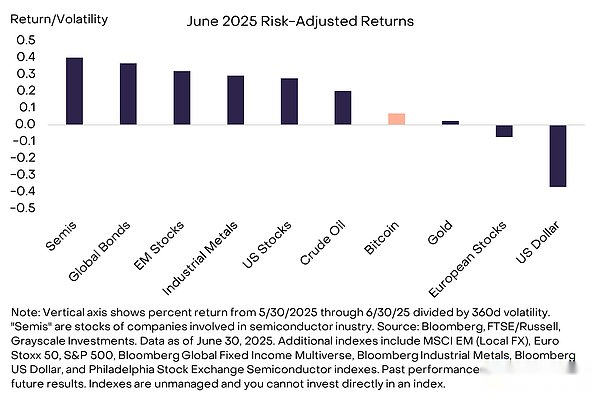
picture1: Most stock and bond markets achieve strong returns
1, Stablecoin is in full swing
The crypto industry has begun to use “stablecoin Summer” to describe the many breakthroughs made in this segment in recent times.It is interesting to note that stablecoins are now the most widely used in emerging market economies in the world… and it is the cold winter there.But the latest developments do point to regulatory changes and enterprise applications, and these advances may drive the popularity of stablecoins in developed economies such as the United States.
Stablecoins are essentially digital dollars on the blockchain.Its structure is similar to money market funds—a tradable, stable value tool backed by secure collateral, such as U.S. Treasury bonds—but is designed specifically for digital payments.Commercial bank deposits (checking accounts) are already a form of digital USD, but when the USD is tokenized through blockchain, it can gain the advantages brought by blockchain technology: including cross-border payments, near-instant settlement, potentially lower costs, and high transparency.Estimates from Visa and crypto data experts show that stablecoins process digital transactions per month are about $800 billion (Figure 2).Reference data: Visa processed an average monthly payment of $1.1 trillion in 2024.
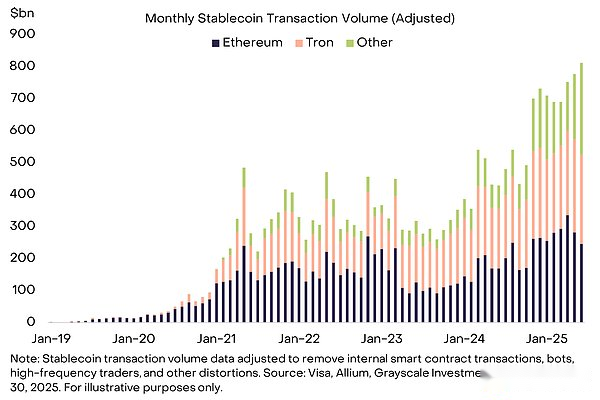
picture2: Stablecoins process approximately monthly8000USD trading volume
Similar to commercial bank currencies, stablecoins are issued by private institutions.The issuer makes a profit through the difference between interest on assets (such as government bonds) and zero interest on liabilities (stable currency itself), forming a sustainable business model.Circle, the second largest stablecoin in the United States, was listed on June 4 ($CRCL).Equity investors showed great enthusiasm for the stablecoin business model: the company’s share price soared from the issue price of $31 per share to $181 at the end of the month.Calculated at this price, Circle’s 2024 EBITDA multiple exceeds 150 times, indicating that investors are optimistic about the high growth prospects of USDC stablecoin and Circle’s revenue.It is worth noting that the stock price performance after Circle’s listing is in sharp contrast to the weak stock prices of traditional digital payment companies Visa and Mastercard (Figure 3).
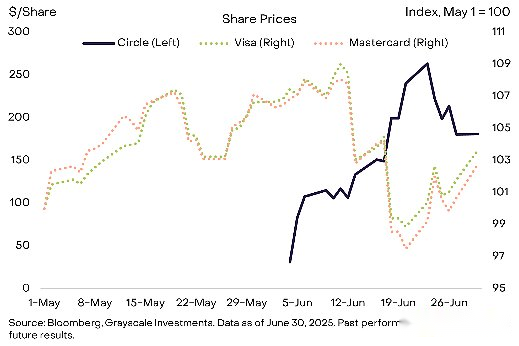 picture3:CircleStock price andVisa, Mastercard shows negative correlation
picture3:CircleStock price andVisa, Mastercard shows negative correlation
Meanwhile, the U.S. Congress has made new progress in the comprehensive legislation of stablecoins.The GENIUS Act was passed by bipartisan support in the Senate on June 17 and has now been submitted to the House of Representatives for consideration.The bill establishes a legal framework for payment stablecoins in the US market, covering provision composition requirements, anti-money laundering compliance rules, information disclosure and audit standards.The bill explicitly prohibits the issuance of interest-bearing stablecoins (presumably to avoid competition with commercial bank deposits) and the issuance of stablecoins by non-financial institutions.Grayscale Research believes that interest-bearing stablecoins will benefit U.S. consumers and recommends reconsideration in future legislation or rulemaking.But overall, the GENIUS Act is expected to promote the popularization of stablecoins in the United States, while setting reasonable guarantees for consumer protection and financial stability.
Inspired by the clarity of regulation, many non-crypto companies have recently announced their layout in the stablecoin field.There are almost countless related companies, mainly including commercial banks (such as JPMorgan Chase and Societe Generale), market infrastructure providers (such as US depository trusts and settlement companies DTCC), financial technology companies (such as Shopify, Fiserv, Revolut) and non-financial companies (such as Amazon and Wal-Mart).Although these industry leaders are divided into different fields, they all see the potential value of stablecoins in improving digital payment efficiency and/or reducing costs.
2, Clear supervision to boost market performance
Shortly after President Trump took office, he signed an executive order on digital assets, requiring relevant working groups to formulate supportive policy proposals within 180 days.Policymakers are busy pushing forward reforms by the late July deadline.For example, the U.S. Securities and Exchange Commission (SEC) announced on June 13 that it would withdraw the unfinished rules drafted by the previous administration, which intends to characterize some DeFi applications as stock exchanges.In addition, Federal Housing and Finance Director William Pulte asked federal mortgage lenders Fannie Mae and Freddie Mae to include digital assets in the net asset appraisal of home buyers in the underwriting standards.Finally, the Fed announced that its regulatory standards would no longer consider “reputation risk”, a mechanism that previously restricted access to services in some areas of the crypto industry.
According to the FTSE/Grayscale series of indexes, the monetary crypto asset sector and the financial crypto asset sector performed outstandingly in each crypto market segment (Figure 4).The increase in currency sectors mainly reflects the slight increase in Bitcoin prices.Among the financial sectors, Hyperliquid, Uniswap, Aerodrome, Maple Finance/Syrup and Aave contributed the greatest positive returns. These projects are currently listed on the Grayscale Research Top 20 list.Decentralized exchanges (DEXs) such as Hyperliquid, Uniswap and Aerodrome are no longer inferior to centralized exchanges (CEXs) in price competitiveness, and may continue to maintain their advantages in the long-tail chain asset trading field.
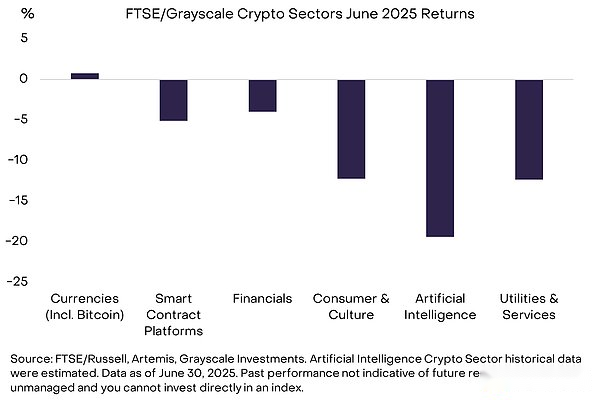 picture4: The monetary and financial crypto asset sectors performed more stably
picture4: The monetary and financial crypto asset sectors performed more stably
In our opinion, except for stablecoins, no crypto app has achieved greater breakthrough success in the past year than the forecast market.Polymarket’s popularity soared again in late June due to public concerns arising from the New York mayoral election, NBA Finals Game 7 and global conflict (Figure 5).Polymarket and Kalshi, the two largest forecast markets, both received additional investor investments in June: Polymarket raised $200 million from institutions such as Founders Fund at a valuation of over $1 billion, while Kalshi raised $185 million from institutions such as Paradigm at a valuation of over $2 billion.
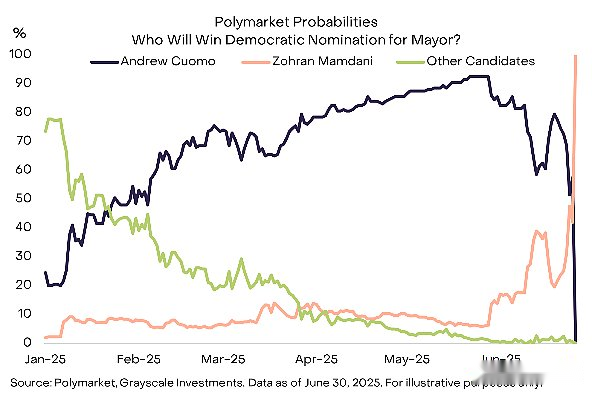 picture5:PolymarketCapture the trend of the New York City Democratic mayor primary election
picture5:PolymarketCapture the trend of the New York City Democratic mayor primary election
The demand for Bitcoin at the macro level can be said to be the most important driver of the crypto asset class to date.But the progress in June is a good reminder of how wide the technology scope of blockchain finance is, including stablecoins, decentralized exchanges and forecast markets.Although the overall crypto valuation fell slightly in June 2025, the industry’s fundamentals continued to improve. We believe that this will be reflected in the valuation in the future.
In addition, the macro policy context may continue to be supportive in the coming months.In the short term, the Great Beauty Act may soon be signed by President Trump.Budget experts estimate that the bill will increase the federal deficit by about $3 trillion in the next 10 years, and if certain maturity clauses are extended, the deficit may reach $5 trillion.In addition, Trump has repeatedly called on the Fed to cut interest rates.Although the Fed is an independent agency, Trump will have the opportunity to appoint a new chairman next year (requires Senate approval).Overall, we believe that the ongoing fiscal deficit, lower real interest rates, and the potentially weakening dollar will form a favorable combination driver for the Bitcoin and crypto asset classes.








